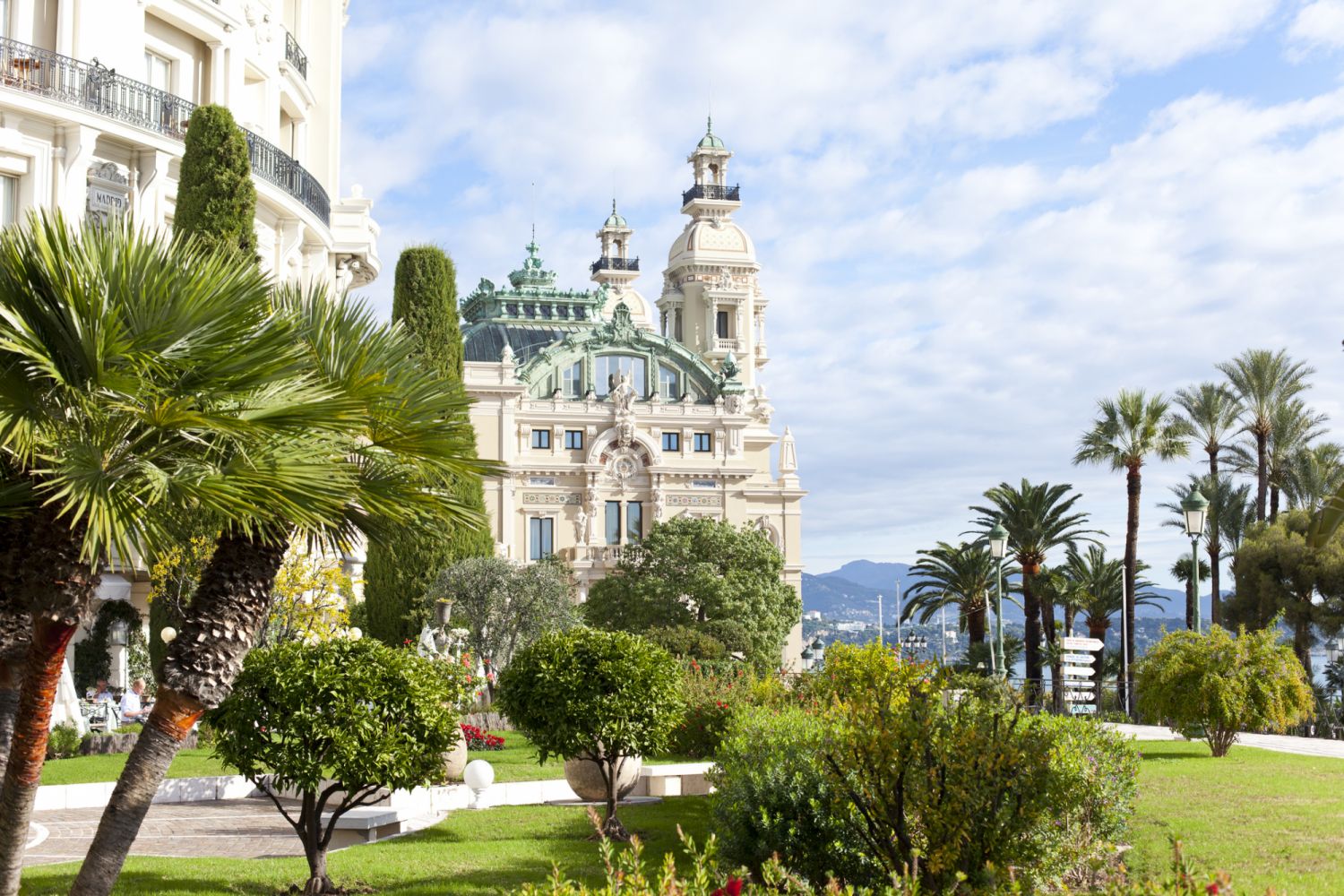Estelle Antognelli, the head of the corporate social responsibility department at the Monaco Government Tourist and Convention Authority, discusses the principality's sustainability goals and the actions it has already taken to meet them
It seems rather paradoxical, doesn’t it? The notion of sustainable tourism, when the very act of travelling entails incurring a greater carbon footprint.
Sitting on the French Riviera with the Mediterranean Sea at its doorstep, Monaco has long been regarded as a playground for the rich and famous to holiday in Western Europe.
Now with revenge travel in full swing following two years of travel restrictions, it’s more important than ever to preserve fragile ecosystems that will again be at risk of overconsumption and overtourism. And in the case of Monaco, bridging the gap between luxury and responsible tourism is a priority.
Read more: Have A Green Holiday In Monaco—One Of The World's Leading Sustainable Travel Destinations
Under the stewardship of HSH Prince Albert II, the principality has been working to align itself with the United Nations’ Sustainable Development Goals in its commitment toward transitioning its tourism sector to becoming more environmentally conscious.
A few years ago, the Monaco Government Tourist and Convention Authority established a department dedicated to sustainable tourism to further cement its environmental policy of reducing greenhouse gas emissions by 50 percent (from its 1990 levels) by 2030.
Monaco has also declared an objective to achieve carbon neutrality by 2050.


